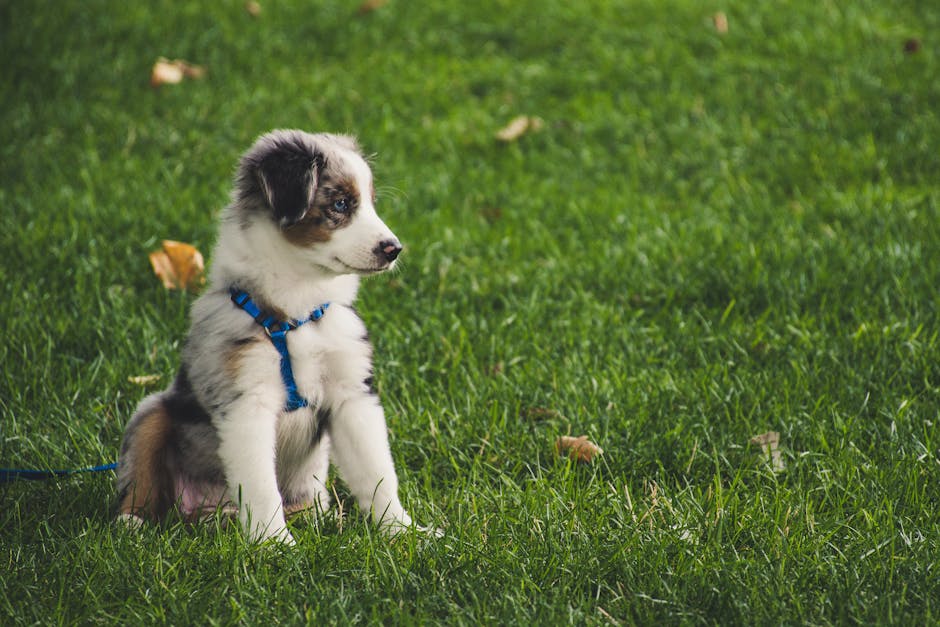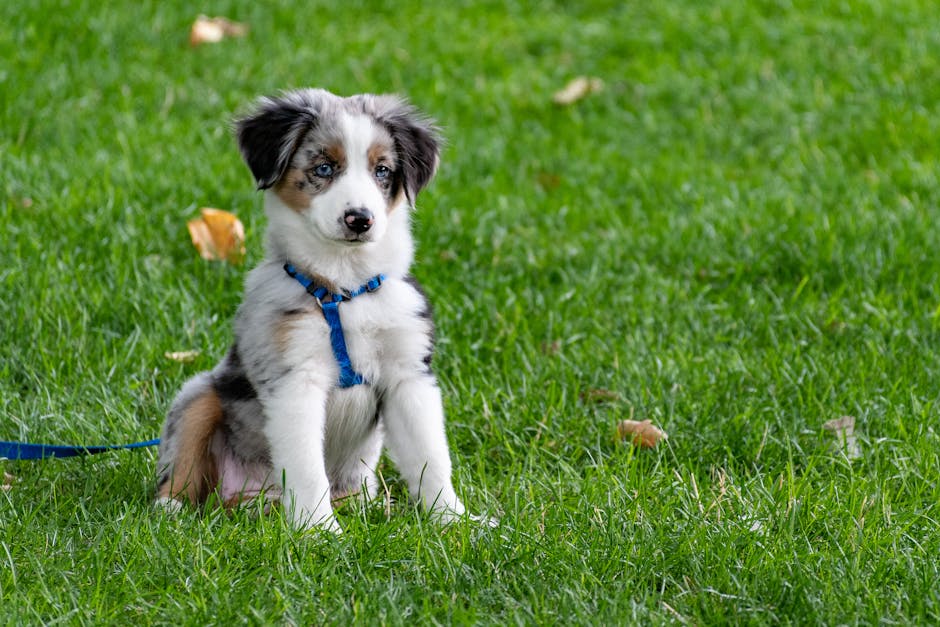Training Your Little Dog: A Comprehensive Guide
Are you a proud owner of a little dog looking to enhance your furry friend’s behavior and skills? Training your little dog can be a rewarding and fulfilling experience for both you and your canine companion. From basic obedience commands to advanced tricks, proper training can strengthen the bond between you and your pet while ensuring their safety and well-being. In this article, we will delve into the intricacies of training your little dog, exploring effective techniques, common challenges, and expert tips to help you navigate this exciting journey.
The Importance of Training Your Little Dog

Training your little dog is not just about teaching them to sit or stay; it is a fundamental aspect of responsible pet ownership. A well-trained dog is more likely to exhibit good behavior, follow commands, and interact positively with humans and other animals. Training can also prevent behavioral issues such as aggression, excessive barking, and destructive chewing, which can arise if a dog is not properly trained.
Moreover, training provides mental stimulation for your little dog, keeping their mind sharp and engaged. It offers a sense of structure and routine, which can help alleviate anxiety and improve overall well-being. Additionally, a well-trained dog is more likely to be welcomed in various social settings, making outings and interactions with others more enjoyable for both you and your pet.
Setting the Foundation: Basic Training Principles

Before diving into specific training techniques, it is essential to establish a solid foundation based on a few key principles. Consistency is key when it comes to training your little dog. Use the same commands, gestures, and rewards every time you train to avoid confusion and reinforce learning.
Positive reinforcement is another crucial aspect of training. Rewarding your little dog with treats, praise, or playtime when they exhibit the desired behavior will encourage them to repeat it. Punishment or harsh corrections should be avoided as they can lead to fear, anxiety, and aggression in your pet.
Patience and persistence are also vital traits to cultivate during the training process. Remember that learning takes time, and each dog has its own pace of progress. Celebrate small victories and be patient with your little dog as they navigate through the training exercises.
Basic Obedience Training

Basic obedience training lays the groundwork for more advanced skills and behaviors. Teaching your little dog commands such as sit, stay, come, and heel can help you establish control and communication with your pet. Start with short training sessions of about 10-15 minutes each, focusing on one command at a time.
When teaching a new command, use a clear and consistent verbal cue accompanied by a hand signal. For example, say “sit” while gently pressing your little dog’s hindquarters down. Reward them immediately with a treat or praise when they comply. Repeat the command several times in different contexts to reinforce the behavior.
Consistency is key when it comes to basic obedience training. Practice regularly in various environments to help your little dog generalize the commands and respond to them reliably. Gradually increase the level of distractions during training sessions to challenge your pet and improve their focus and obedience.
Socialization and Desensitization

Socialization plays a crucial role in your little dog’s training and development. Exposing them to different people, animals, environments, and experiences at an early age can help prevent fear, aggression, and anxiety later in life. Arrange playdates with other dogs, take your little dog to the park, and introduce them to a variety of sights, sounds, and smells to promote socialization.
Desensitization is another important aspect of training, especially for little dogs that may be sensitive to certain stimuli. If your pet exhibits fear or anxiety towards loud noises, strangers, or unfamiliar objects, create a gradual desensitization plan to help them overcome their fears. Start with low-intensity exposure and gradually increase the level of stimuli as your little dog becomes more comfortable.
Advanced Training Techniques
Once your little dog has mastered basic commands and socialization skills, you can move on to more advanced training techniques to challenge their intellect and abilities. Tricks such as roll over, play dead, and fetch can provide mental stimulation and strengthen the bond between you and your pet.
Target training is a valuable skill that can be useful in shaping specific behaviors or encouraging your little dog to perform certain tasks. By teaching your pet to touch a target (e.g., a stick or your hand) with their nose or paw, you can guide them through agility courses, obedience drills, or even medical procedures with ease.
Clicker training is another effective method for refining your little dog’s behaviors and shaping new skills. Using a clicker as a conditioned reinforcer, you can mark the precise moment your pet exhibits the desired behavior and follow it up with a reward. Clicker training can help create clear communication and accelerate the learning process for your little dog.
Common Misconceptions About Training Little Dogs
Despite the benefits of training, there are several misconceptions surrounding the training of little dogs that can hinder the process. One common misconception is that little dogs are not as trainable as larger breeds. In reality, little dogs are just as capable of learning and excelling in training as their larger counterparts.
Another misconception is that little dogs do not require as much exercise or mental stimulation as bigger breeds. While it is true that little dogs may have lower exercise requirements, they still need regular physical activity and mental challenges to stay healthy and happy. Engaging in training sessions, interactive play, and enrichment activities can help meet your little dog’s needs and prevent behavioral issues.
FAQs About Training Your Little Dog
Q: How long does it take to train a little dog?
A: The training timeline can vary depending on the individual dog, their age, breed, and prior experiences. Consistency, patience, and positive reinforcement are key factors in expediting the training process.
Q: What are some common training mistakes to avoid?
A: Some common training mistakes include inconsistent commands, using punishment instead of positive reinforcement, and expecting too much too soon from your little dog. Avoid these pitfalls to ensure effective and enjoyable training sessions.
Conclusion
Training your little dog is a fulfilling journey that can strengthen your bond, enhance their behavior, and enrich both of your lives. By following the principles of consistency, positive reinforcement, and patience, you can help your little dog develop good manners, social skills, and advanced abilities. Remember to tailor your training approach to your pet’s individual needs and preferences, and celebrate each small victory along the way.
Whether you are teaching basic obedience commands, socializing your little dog, or exploring advanced training techniques, the key is to approach training with enthusiasm, compassion, and an open mind. Embrace the challenges and joys of training your little dog, and revel in the unique connection you share with your canine companion.
To wrap things up, training your little dog is a journey of discovery, growth, and companionship. Enjoy the process, learn from each experience, and savor the moments of connection and accomplishment with your beloved pet. Happy training!




